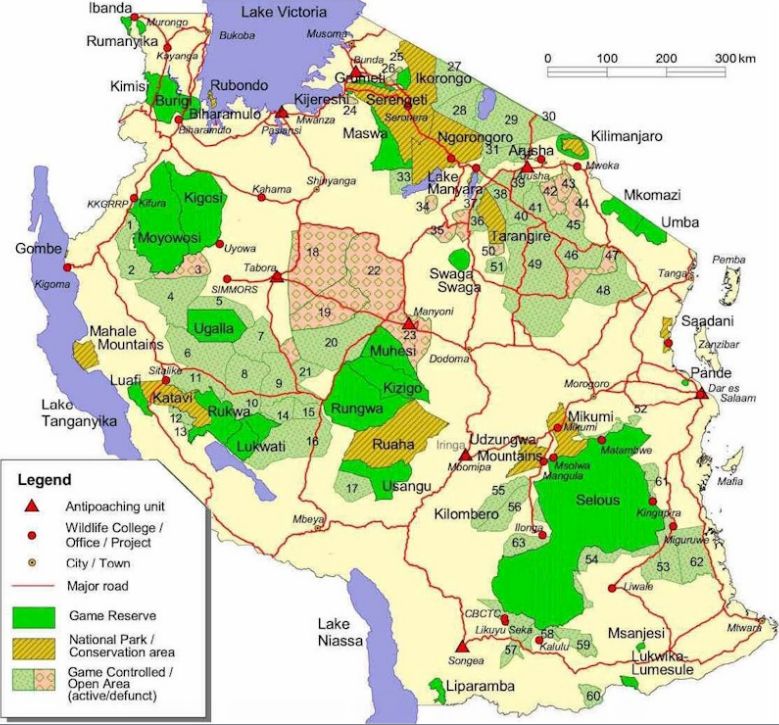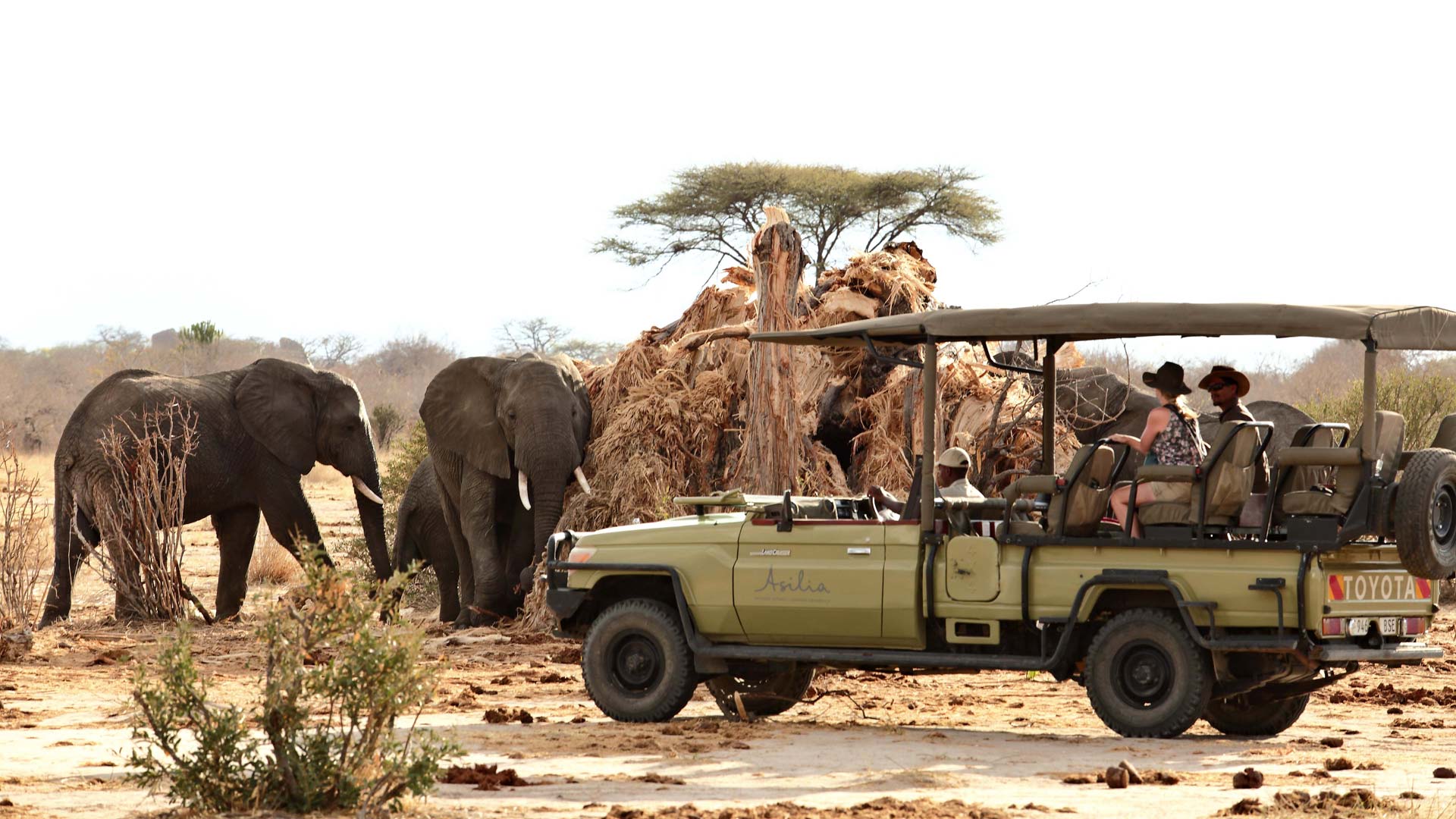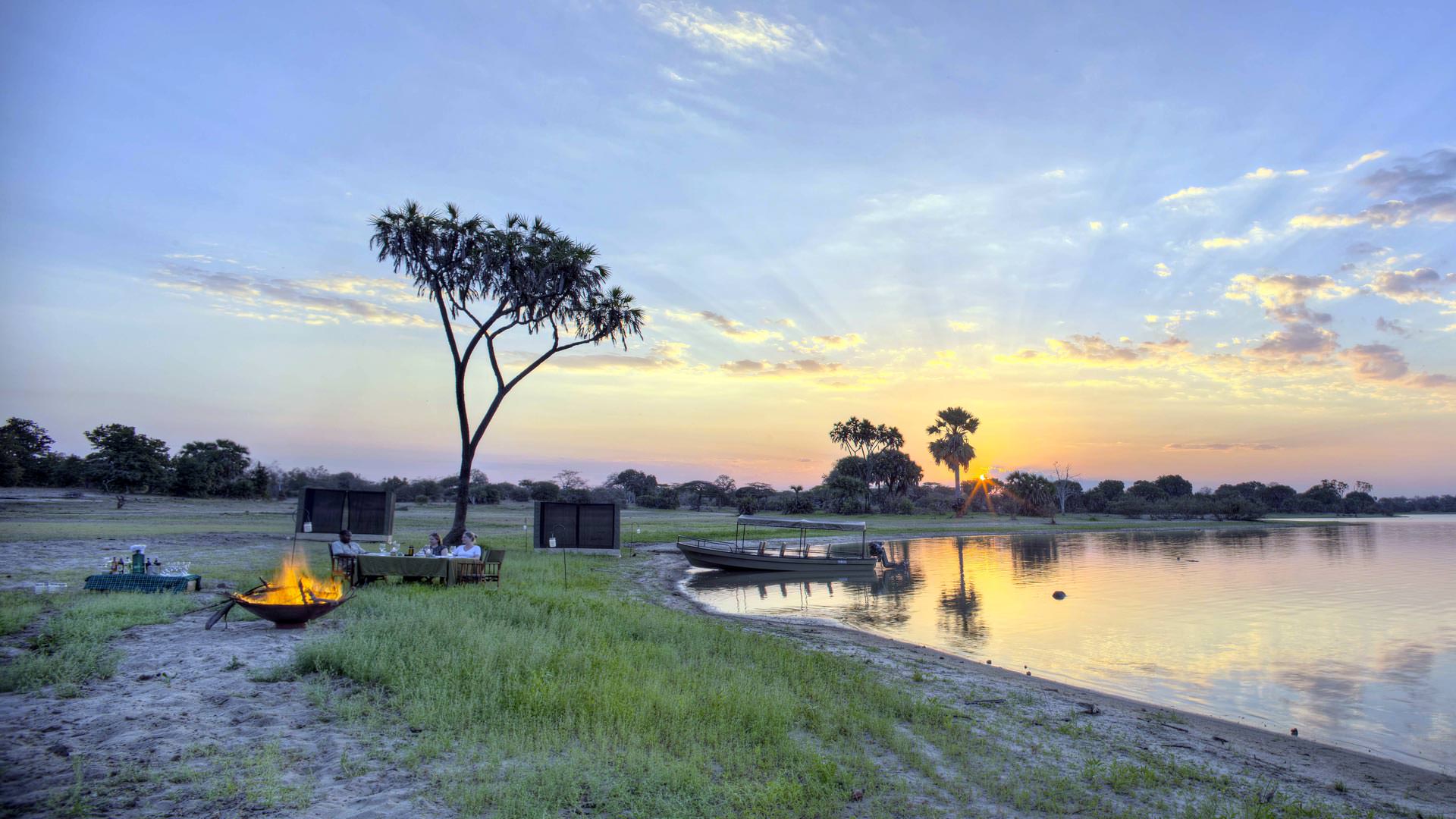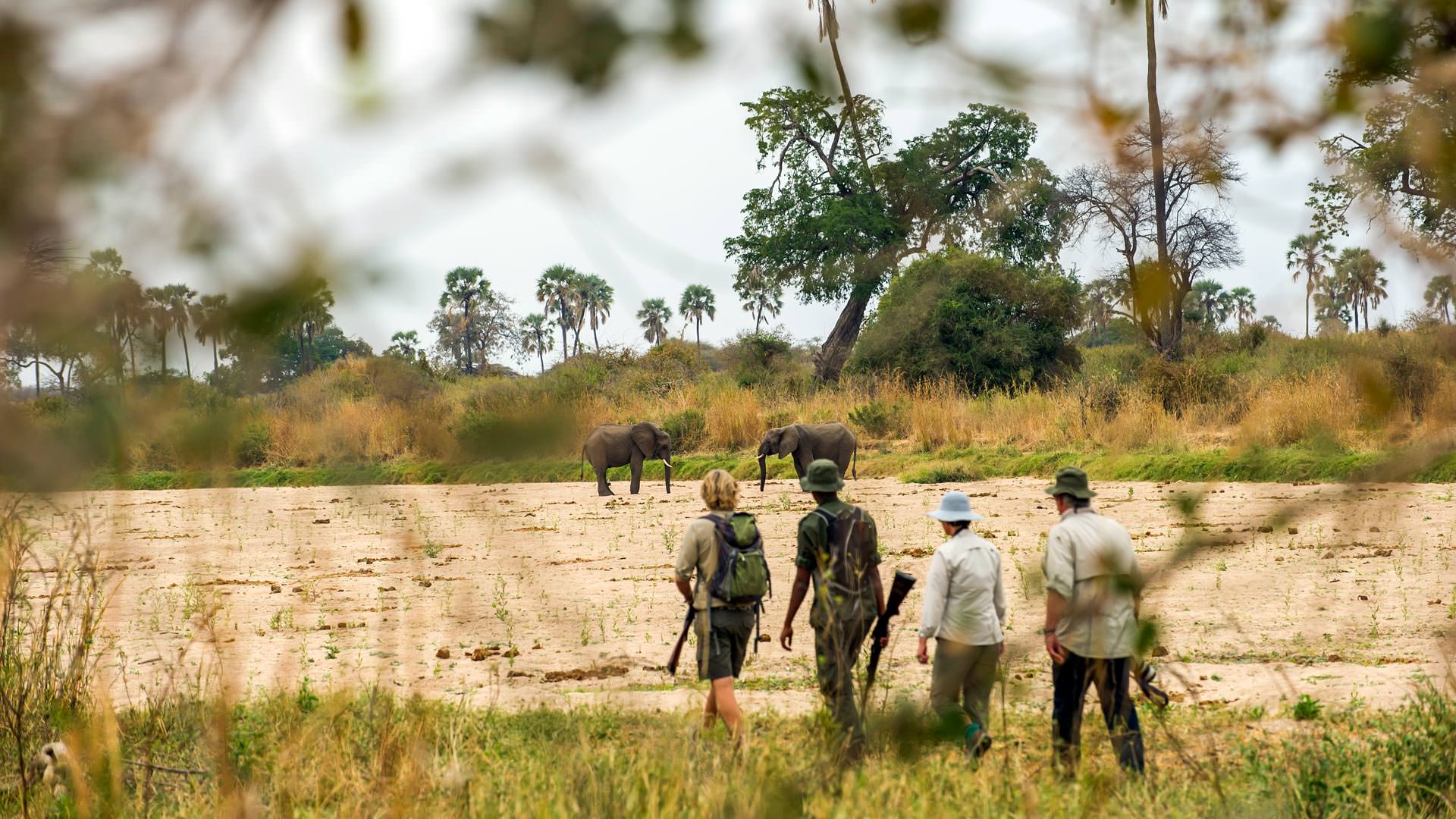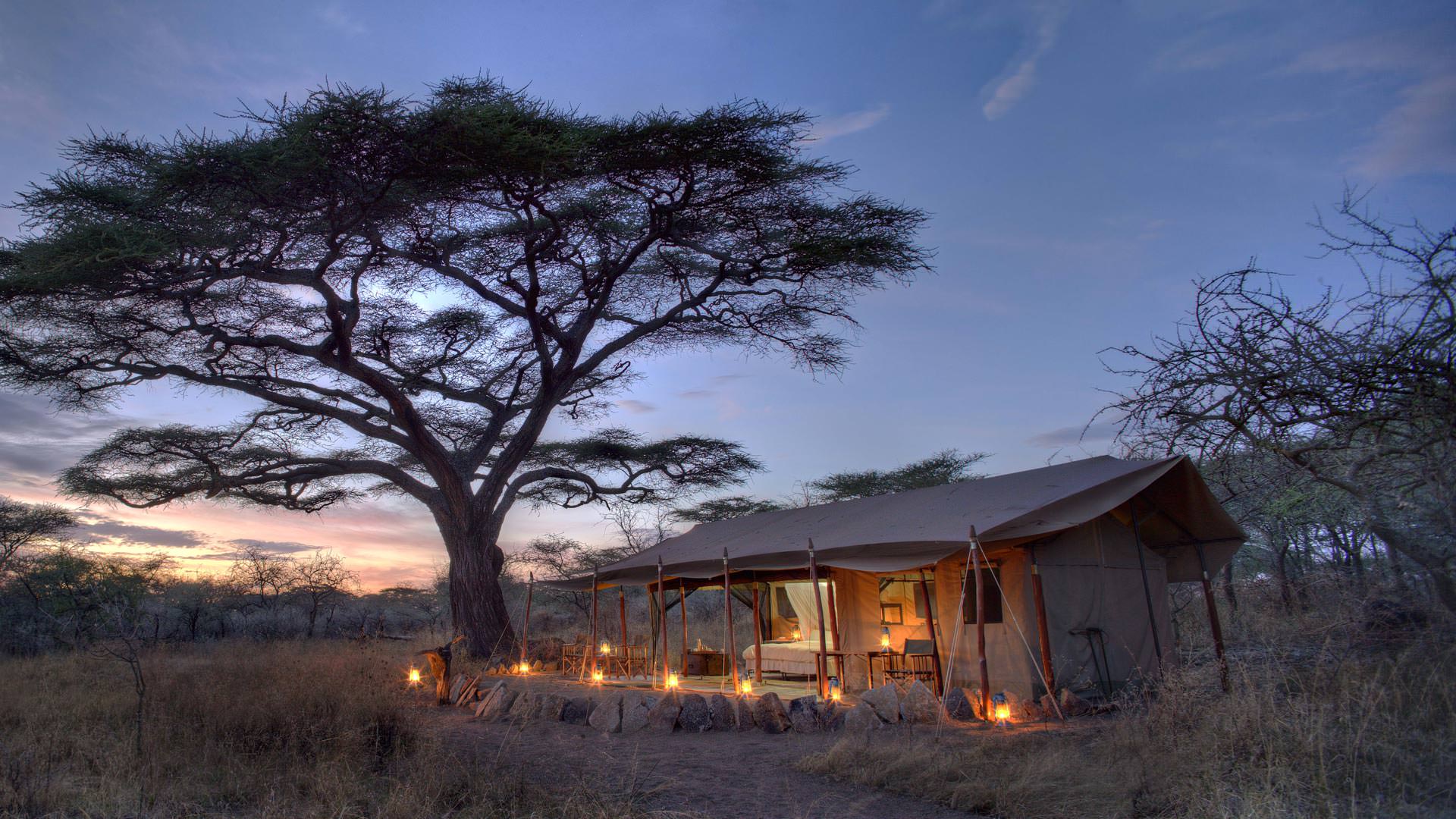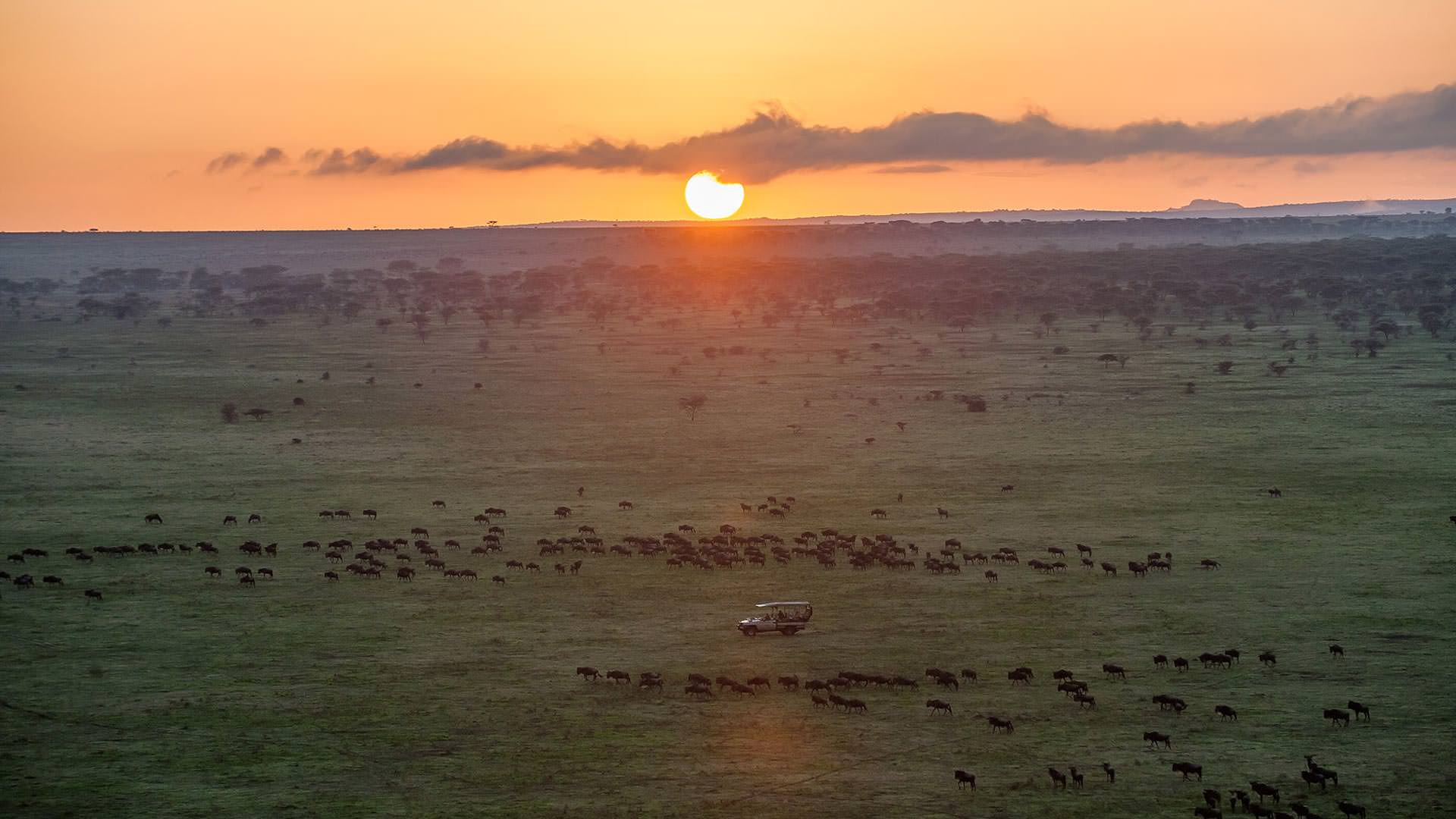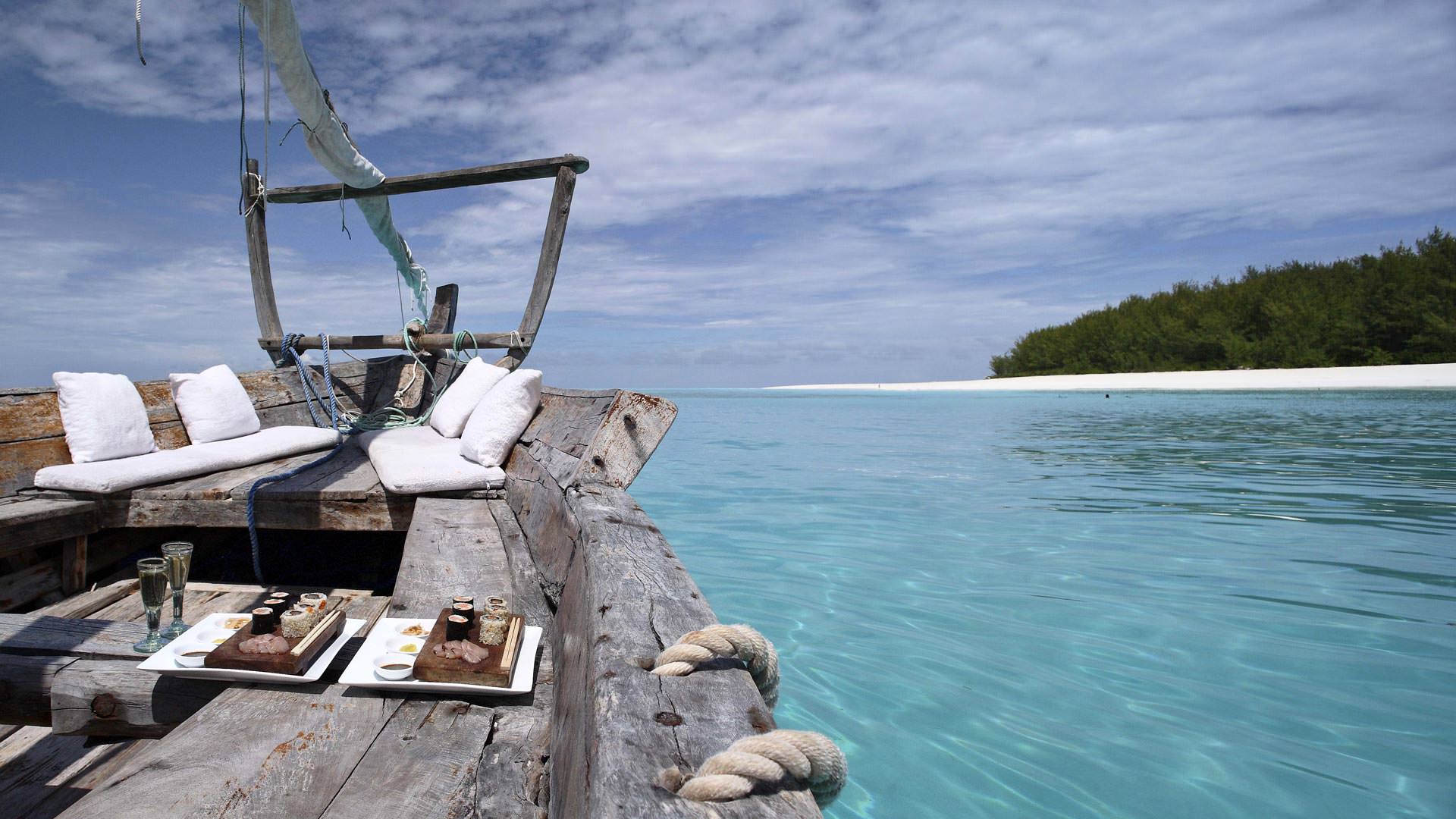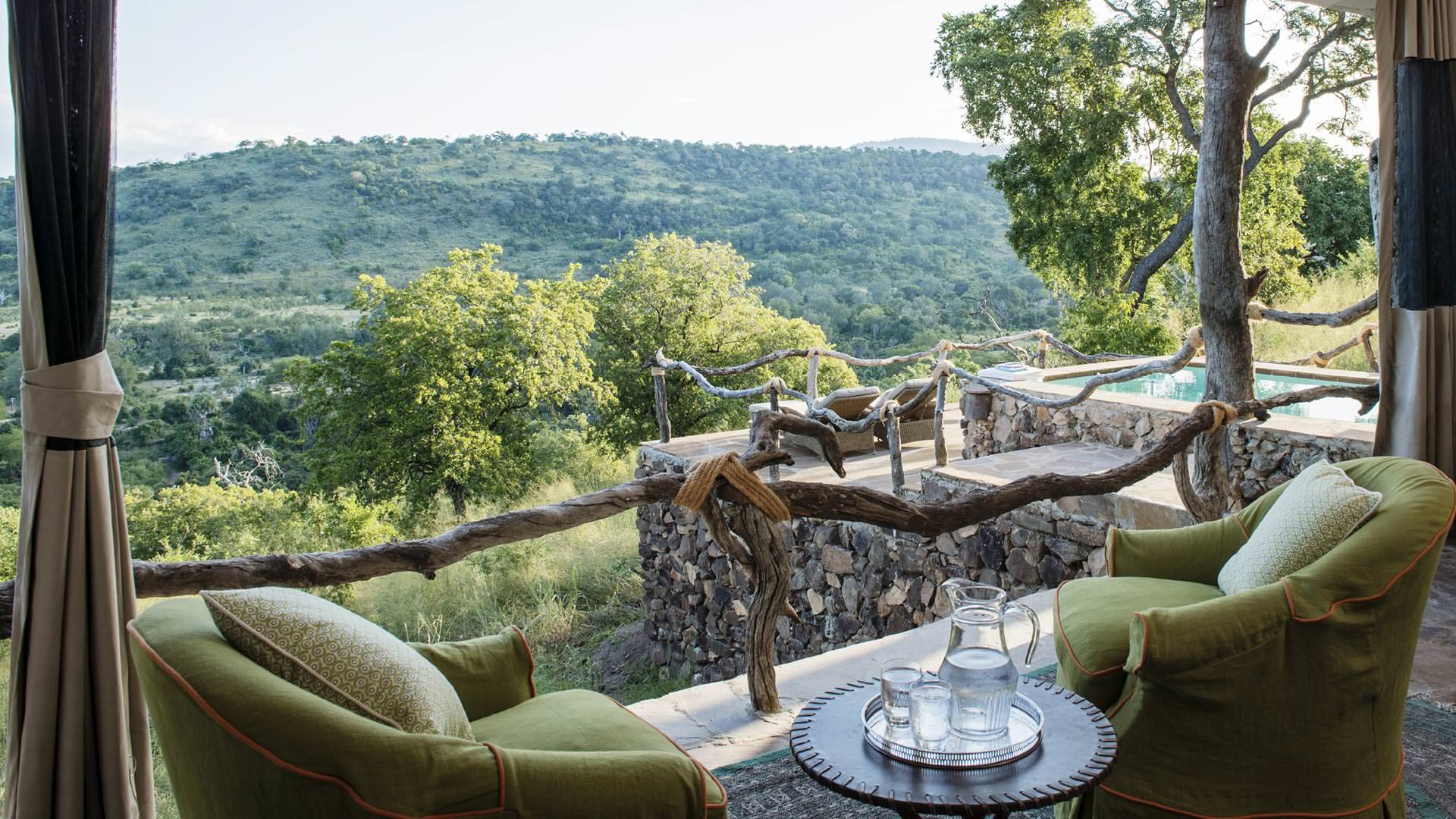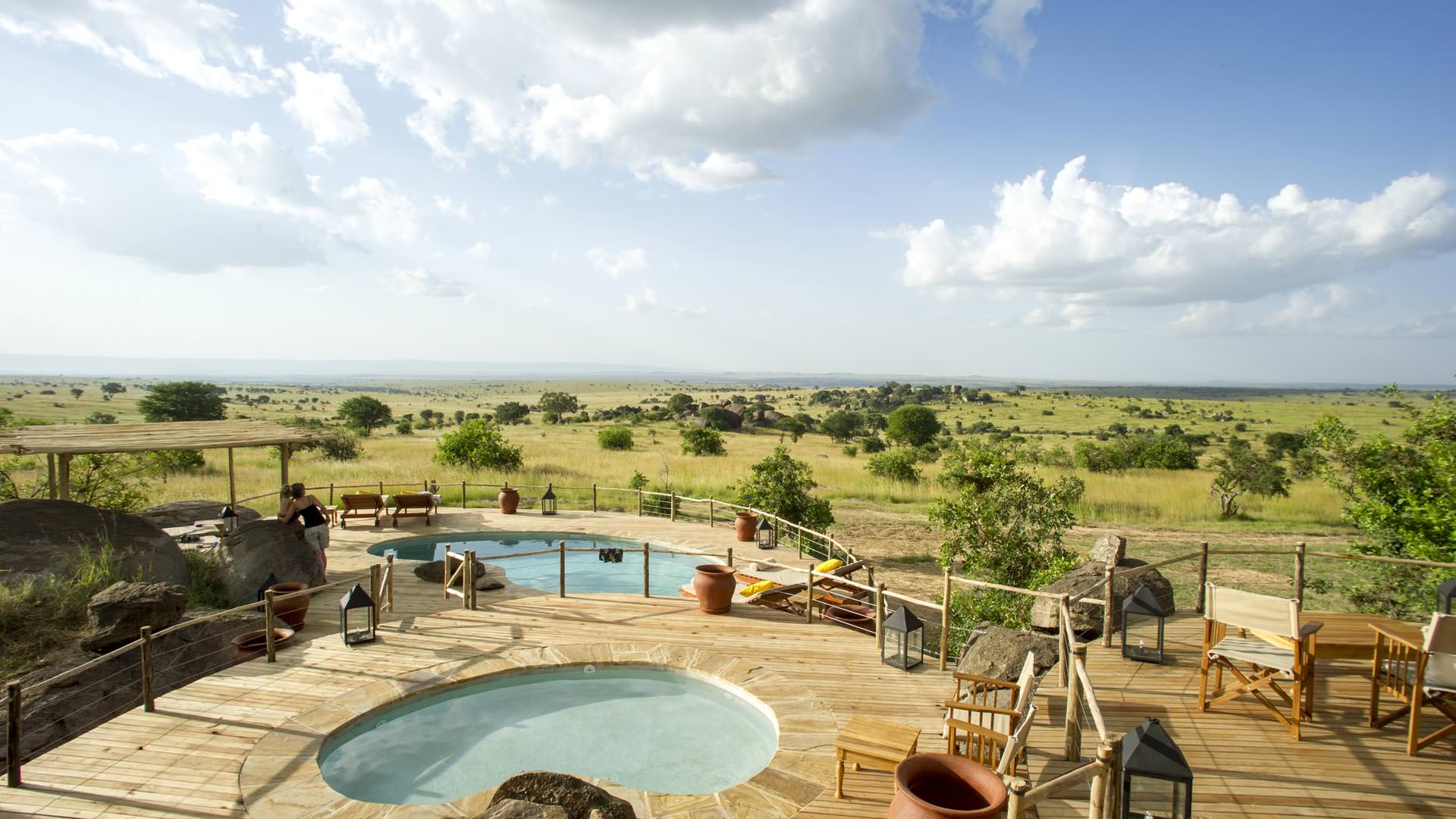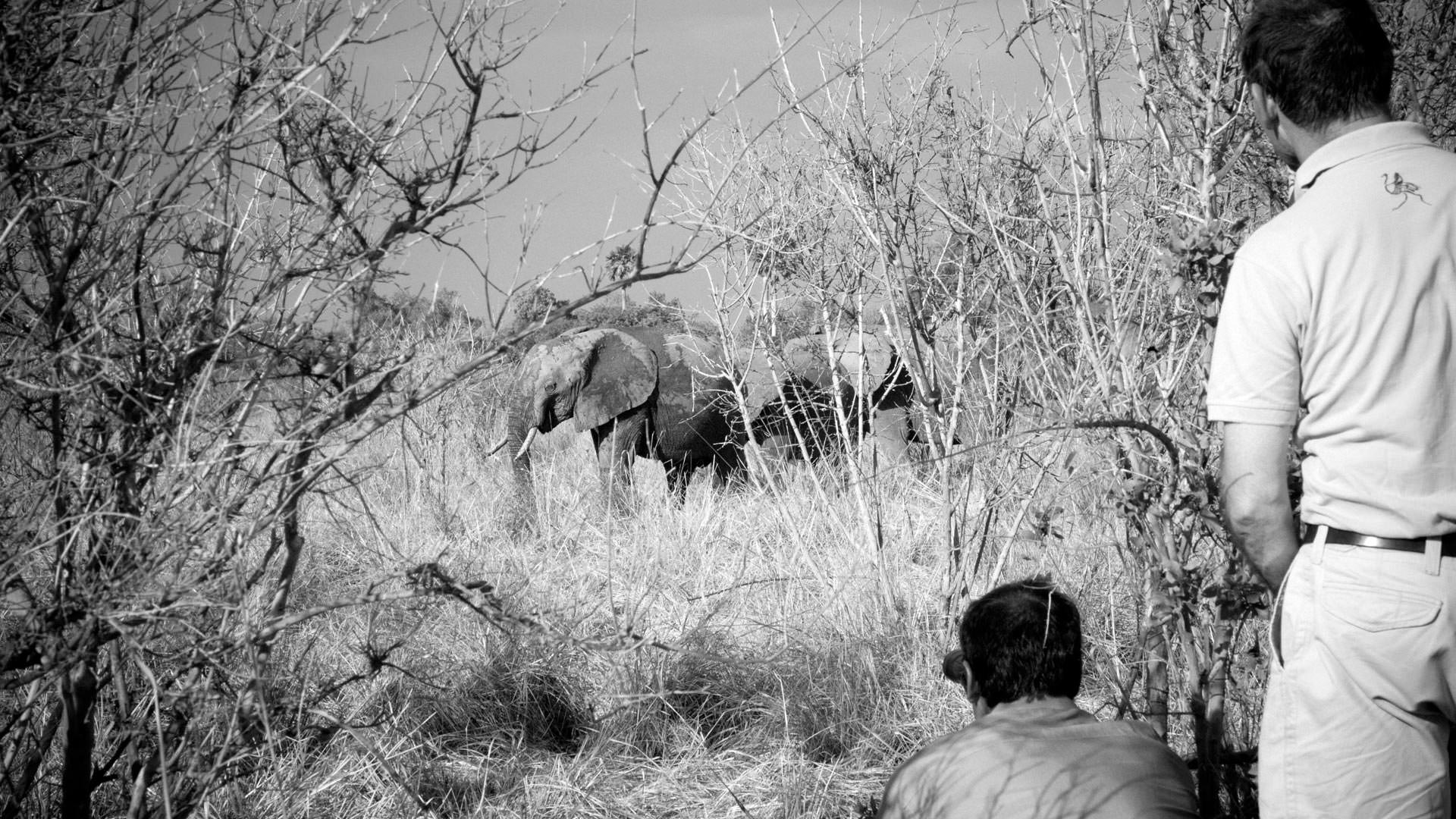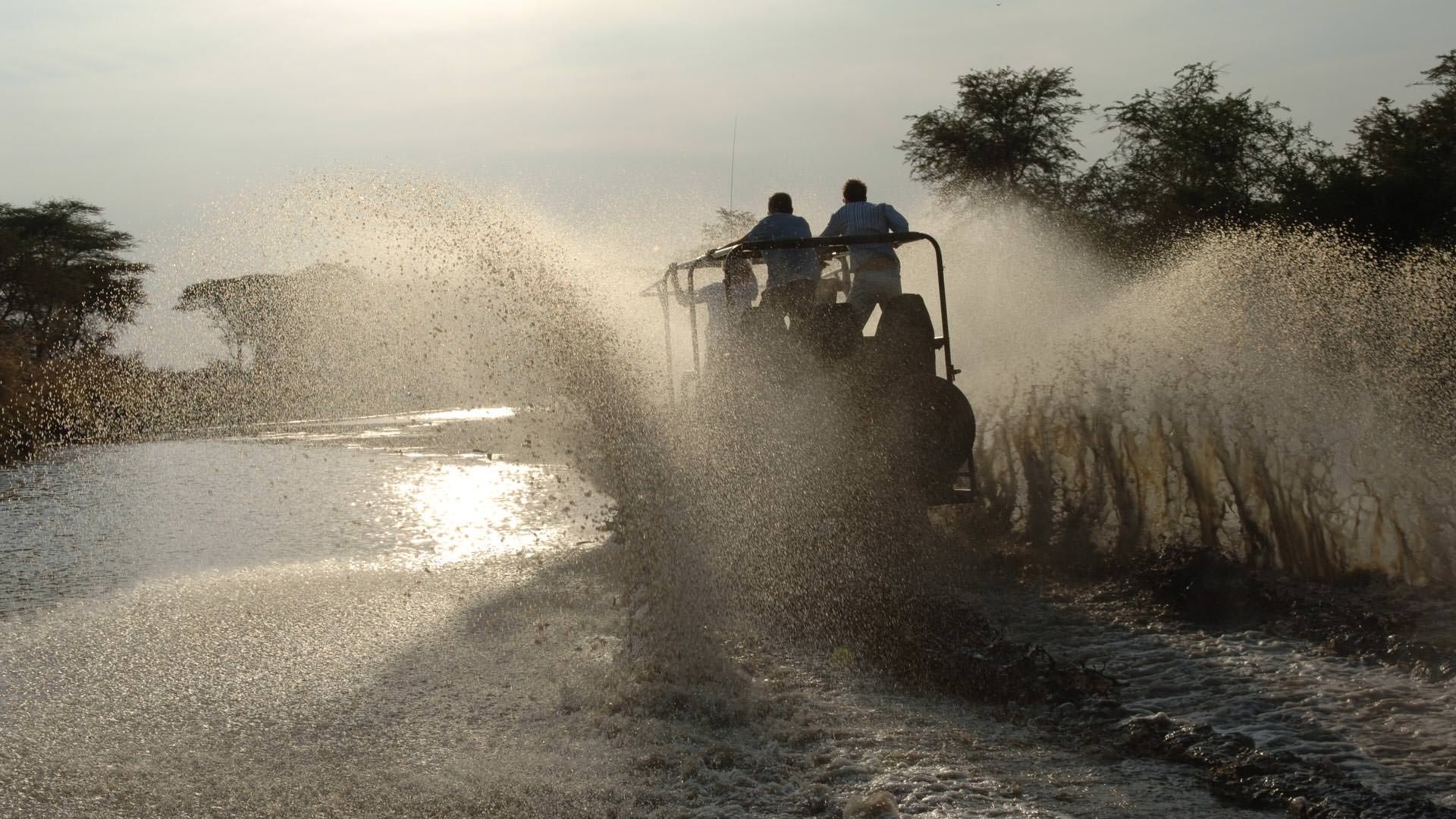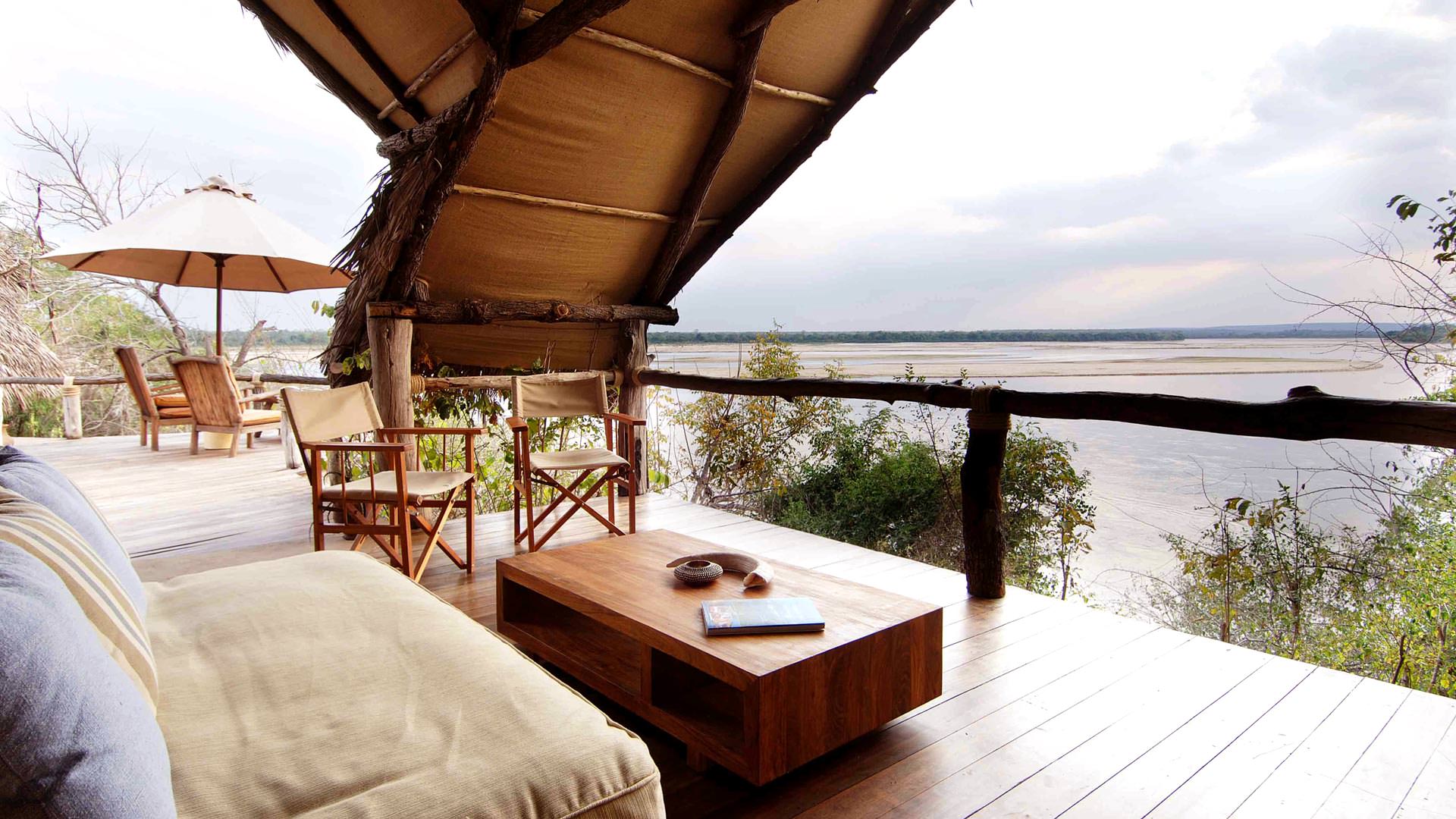Game Reserves – Protected Areas that are not National Parks
Tanzania’s Game Reserves and other protected areas are less well know than its National Parks. Many offer spectacular wilderness experiences. Together, they cover a far greater area than the National Parks (see map). Game Reserves are mostly allocated by the Wildlife Department to tourist hunting companies for exclusive use by their clients. However, some are dedicated to non-comsumptive tourism and are increasingly accessible for non-hunters. Some Game Controlled Areas, Wildlife Management Areas and Forest Reserves, are also important tourist areas.
Tourist hunting is controversial, but without it, many areas would already have lost their wildlife. This does not mean some hunting areas have not been damaged (destroyed) by hunting operators licensed to operate there. This is a problem related to ethics and conservation practices – something I am happy to discuss elsewhere.
Safaris visiting Tanzania’s Game Reserves and other Protected Areas
Southern Tanzania’s Selous and Ruaha
From $6590 per person: An 8 Day flying safari to Selous Game Reserve and Ruaha National Park, staying at Roho ya Selous Camp and Jabali Ridge.
10 Night Serengeti and Southern Tanzania
10 night flying safari to Serengeti, Ruaha and Selous - high quality service and excellent game viewing in Tanzania's famous and remote parks
Southern Tanzania and Zanzibar
From $6010 per person: A 10 Day flying safari to Selous, Ruaha and Zanzibar, visiting Roho ya Selous, Kwihala Camp and Matemwe Lodge.
11 Night Pure Canvas Northern Tanzania
A 12 day high-end safari visiting Serengeti, Maswa Game Reserve, Burunge WMA and Tarangire National Park. Exclusive-use low volume wildlife reserves combine with the best of Serengeti and Tarangire National Parks.
Legendary Serengeti Safari
A high specification safari visiting Tanzania's Serengeti National Park, Maswa Game Reserve and Mwiba Wildlife Reserve. The best rate available is between December 1 to 14 and the prices shown here reflect this period. At other times, the rate increases
8 Night Selous and Zanzibar Deluxe
8 night safari visiting Tanzania's Selous Game Reserve and Zanzibar Island, staying at some of the best lodges available.
8 Night Selous and Zanzibar
An 8 night Tanzania safari to Selous Game Reserve and Zanzibar's East Coast, staying in top class accommodation at Beho Beho and The Palms.
7 Nights Private Family Safari
Enjoy this special 7 night family safari staying in private lodges in Northern Serengeti and in the Selous Game Reserve in Tanzania.
7 Nights Ruaha and Selous
7 night safari to Ruaha and Nyerere National Parks from US$ 6055 per person: Kigelia Ruaha Camp and Sand River's Selous.
21 Nights – Ultimate Tanzania
21 day ultimate Tanzania from US$19014 per person: Tarangire, Manyara, Ngorongoro, Serengeti, Katavi, Mahale, Ruaha, Selous.
11 Nights Remote Big Game
11 night safari visiting Katavi, Ruaha and Selous Game Reserve.
